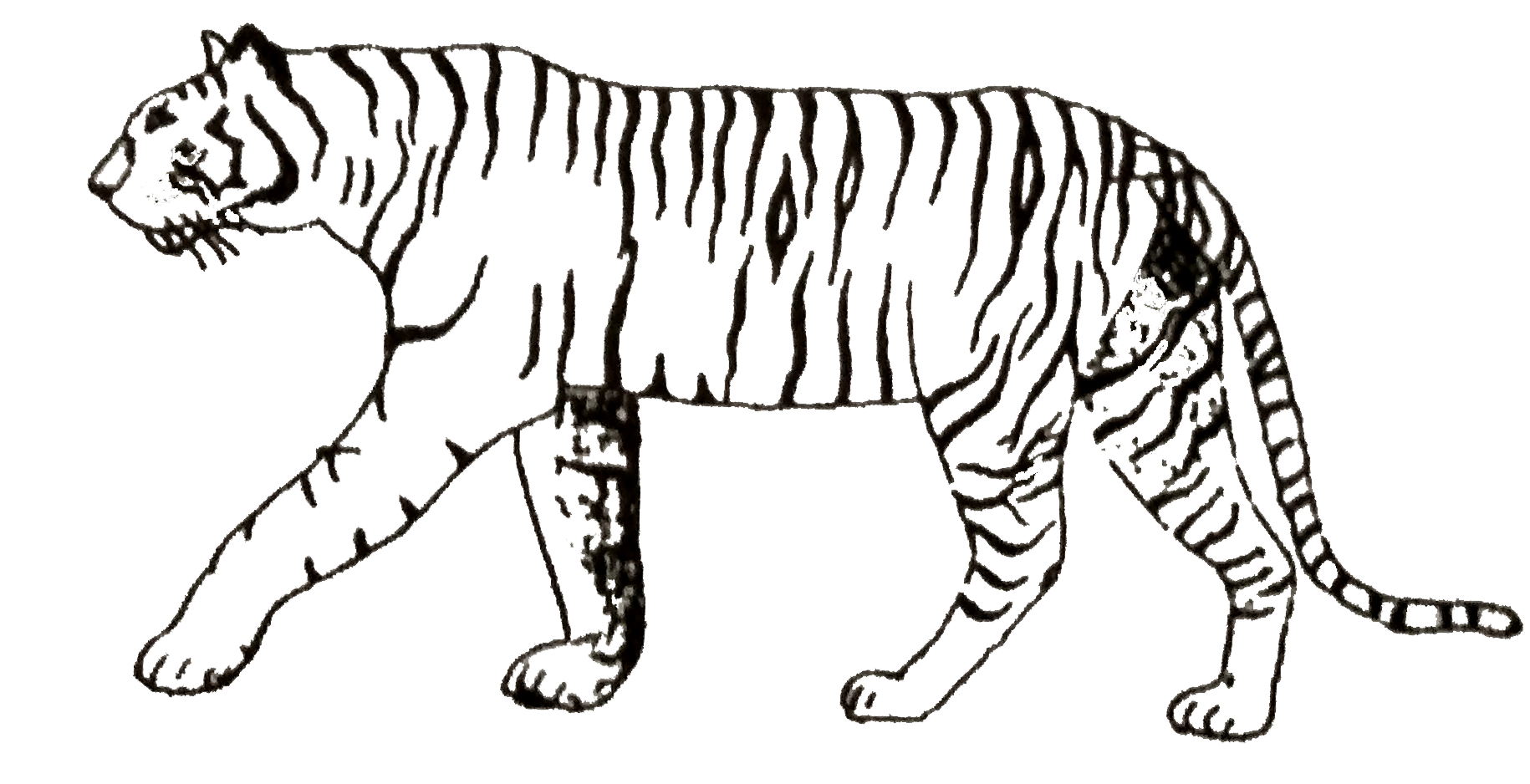Which of the following was given the status of kingdom in the classification system given by Copeland ?
(a) Prokaryotes
(b) Myxomycetes
(c) Eukaryotic algae
(d) Protista
Prokaryotes
Myxomycetes
Eukaryotic algae
Protista
The correct Answer is:A
To solve the question regarding which of the following was given the status of kingdom in the classification system by Copeland, we will follow these steps:
1. Understand the Question: The question asks which organism or group was classified as a kingdom by Copeland in his classification system.
2. Identify Copeland's Classification System: Copeland proposed a four-kingdom classification system in 1956. This system included:
- Kingdom Monera
- Kingdom Protista
- Kingdom Plantae
- Kingdom Animalia
3. Analyze the Options:
- (a) Prokaryotes: This term refers to organisms without a nucleus, which are primarily included in the Monera kingdom.
- (b) Myxomycetes: These are slime molds and are classified under Protista.
- (c) Eukaryotic algae: These are also classified under Protista.
- (d) Protista: This is one of the kingdoms in Copeland's classification.
4. Determine the Correct Answer: The question specifically asks for the kingdom that was given status by Copeland. The kingdom that was added by Copeland to the existing classification was Monera (which includes prokaryotic organisms). However, since Monera is not listed as an option, we need to consider the classification of the other options. The correct answer based on the provided options is (d) Protista, as it is one of the kingdoms recognized by Copeland.
5. Final Answer: The correct option is (d) Protista.
- Kingdom Monera
- Kingdom Protista
- Kingdom Plantae
- Kingdom Animalia
- (a) Prokaryotes: This term refers to organisms without a nucleus, which are primarily included in the Monera kingdom.
- (b) Myxomycetes: These are slime molds and are classified under Protista.
- (c) Eukaryotic algae: These are also classified under Protista.
- (d) Protista: This is one of the kingdoms in Copeland's classification.
Topper's Solved these Questions
- BIOLOGICAL CLASSIFICATIONBOOK - AAKASH INSTITUTE ENGLISHCHAPTER - BIOLOGICAL CLASSIFICATIONEXERCISE - Assignment (Section - A) Objective Type Questions
50 Videos
- BIOLOGICAL CLASSIFICATIONBOOK - AAKASH INSTITUTE ENGLISHCHAPTER - BIOLOGICAL CLASSIFICATIONEXERCISE - Assignment (Section - B) (Objective Type Questions)
35 Videos
- BIOLOGICAL CLASSIFICATIONBOOK - AAKASH INSTITUTE ENGLISHCHAPTER - BIOLOGICAL CLASSIFICATIONEXERCISE - Try Yourself
26 Videos
- BIODIVERSITY AND CONSERVATIONBOOK - AAKASH INSTITUTE ENGLISHCHAPTER - BIODIVERSITY AND CONSERVATIONEXERCISE - SECTION - D (Assertion-Reason Type Questions)
10 Videos
- BIOMOLECULESBOOK - AAKASH INSTITUTE ENGLISHCHAPTER - BIOMOLECULESEXERCISE - ASSIGNMENT (SECTION-D) Assertion-Reason Type Questions
10 Videos
Similar Questions
Knowledge Check
Which one of the following is the basic unit of classification?
(a) Species
(b) Genus
(c) Family
(d) PhylumASpeciesBGenusCFamilyDPhylumWhich of the following categories is at the top of the classification hierarchy?
(a) Order
(b) Class
(c) Family
(d) PhylumAOrderBClassCFamilyDPhylum
Which of the following options represents the correct classification for the given animal ?

View SolutionWhich of the following statement is incorrect
View SolutionIdentify the following A,B,C and D in given figure:

View SolutionIn which of the following system of classification, equal weightage was given to both vegetative and sexual characteristics?
View SolutionWhich of the following statement is incorrect
View SolutionWhich of the following plants groups shows internal fertillsation only ?
(a) algae , (b) Bryophytes
(c ) Pteridophytes , (d) Fungi
View Solution
